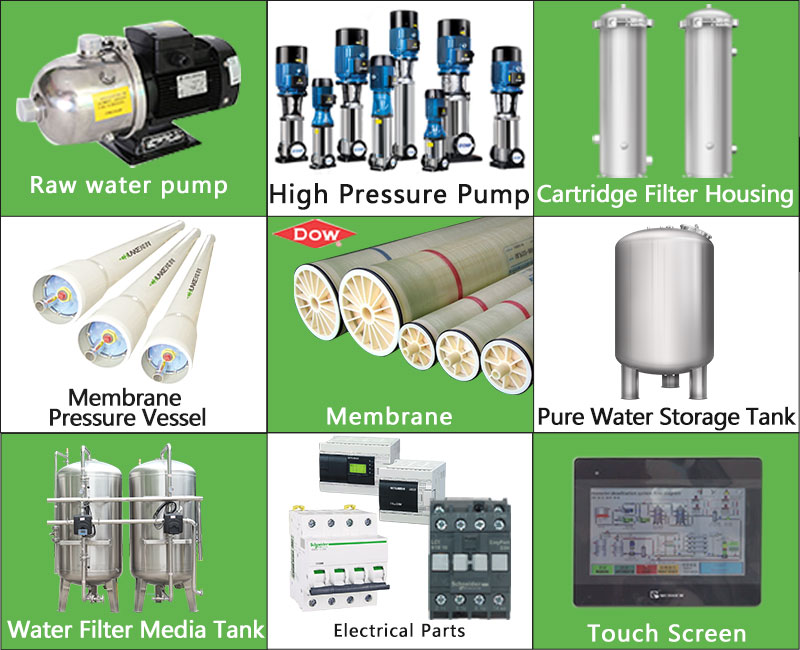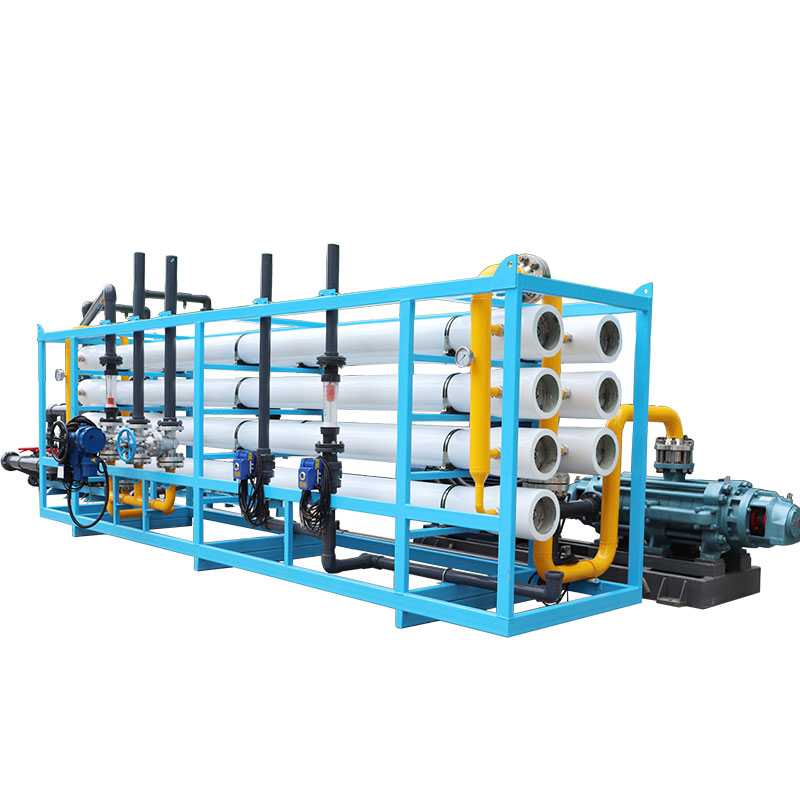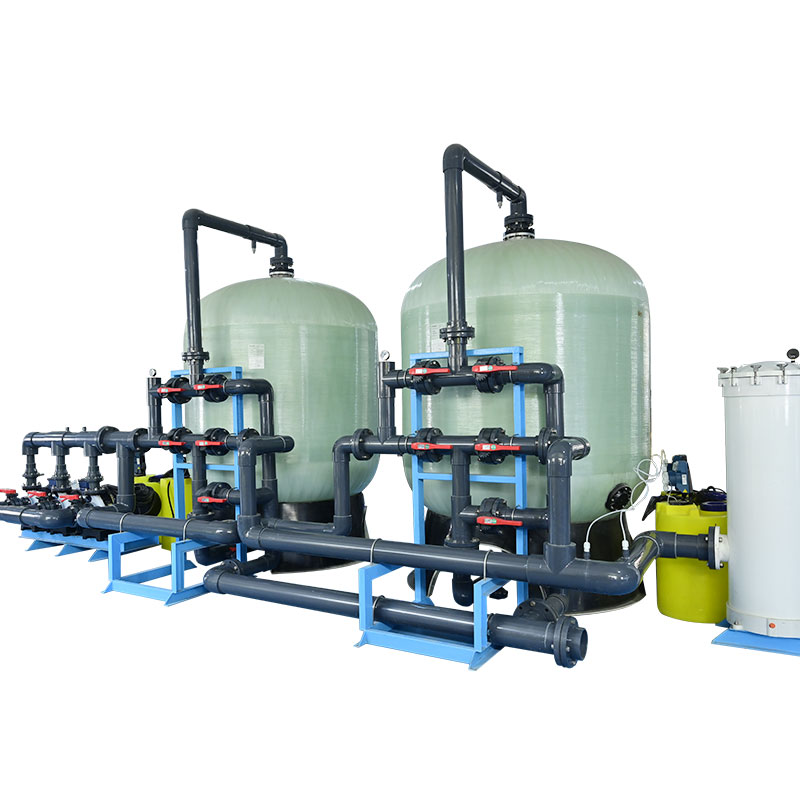How much electricity does a large desalination plant need to operate for a day?
Desalination technology has become an important means to solve the problem of fresh water shortage in many regions around the world. With the continuous development of technology and the promotion of its application, more and more desalination plants have been put into use in coastal areas. However, the high energy consumption of desalination has always attracted much attention.
So, how much electricity does a large desalination plant consume when it operates for a day? This article will analyze this issue in detail to help readers better understand the energy demand behind desalination.

Scale and process of large desalination plants
Before discussing energy consumption, we first need to understand the scale and process of desalination plants. At present, the most widely used desalination processes in the world mainly include reverse osmosis (RO) and multi-stage flash (MSF) distillation processes. Different processes correspond to different energy consumption levels.
● Reverse osmosis process (RO): This method uses a high-pressure pump to push seawater through a semipermeable membrane to remove salt and other impurities and obtain fresh water. The energy consumption of the reverse osmosis process is usually low, but a lot of electricity is still required to maintain the operation of the high-pressure pump.
● Multi-stage flash process (MSF): This method heats seawater and uses multi-stage low-pressure evaporators to gradually evaporate and condense the seawater to separate fresh water. The energy consumption of the multi-stage flash process is relatively high, mainly because a large amount of heat energy is required to heat the seawater.
For a large desalination plant, the processing capacity generally ranges from hundreds of thousands of cubic meters to millions of cubic meters. Taking a reverse osmosis desalination plant with a processing capacity of 500,000 cubic meters/day as an example, the electricity required for its daily operation will be discussed below.
Energy consumption analysis of reverse osmosis desalination plants
1. Energy consumption per unit of water output
The energy consumption of seawater desalination is usually measured in terms of energy consumption per cubic meter of fresh water. According to statistical data, the current energy consumption level of the reverse osmosis process is roughly 3-6 kilowatt-hours/cubic meter (kWh/m³). This value will vary depending on the technical level, equipment efficiency and seawater conditions of different plant sites.
● Low energy consumption level: 3 kWh/m³
● High energy consumption level: 6 kWh/m³
2. Calculation of total energy consumption
Assuming that a reverse osmosis desalination plant produces 500,000 cubic meters of fresh water per day, its total daily energy consumption can be calculated by the following formula:
Total energy consumption (kWh) = water production (m³) × unit water production energy consumption (kWh/m³)
Take the lower energy consumption level of 3 kWh/m³ as an example:
Total energy consumption = 500,000m³/day×3kWh/m³=1,500,000kWh/day
That is, the daily electricity consumption of the desalination plant is 1.5 million kWh. If calculated at the higher energy consumption level of 6 kWh/m³, the electricity consumption is 3 million kWh.
3. Factors affecting energy consumption
In actual operation, energy consumption is also affected by the following factors:
● Seawater salinity: The higher the salinity, the more difficult it is to desalinate seawater, and the higher the energy consumption required.
● Equipment efficiency: The efficiency of the equipment directly affects the power consumption, and high-efficiency equipment can significantly reduce energy consumption.
● Operating conditions: Changes in factors such as temperature and pressure will affect the use of electricity.

Other energy consumption considerations
In addition to direct power consumption, large-scale desalination plants also involve other types of energy consumption, such as fuel or steam required to heat seawater, and auxiliary energy consumption for maintaining equipment and plant operations. Although these energy consumption usually appears in the form of heat or other forms, they may eventually be converted into electricity demand, further increasing the total energy consumption of the plant.
Power supply and environmental impact
Such high power demand usually needs to be supported by a dedicated power supply system. For example, large-scale desalination plants are usually connected to the local power grid or equipped with dedicated power plants (such as natural gas power plants) to ensure a continuous and stable power supply. This high energy consumption not only poses a challenge to the power supply system, but also puts a certain amount of pressure on the environment.
Environmental impact: Large-scale electricity consumption means an increase in carbon dioxide emissions, especially when fossil fuels are used for electricity generation. Although desalination plants have contributed to solving the problem of fresh water shortage, their negative impact on the environment cannot be ignored.

Summary
From the above analysis, it can be seen that a large-scale reverse osmosis desalination plant with a processing capacity of 500,000 cubic meters per day consumes about 1.5 million to 3 million kWh of electricity in one day of operation. This energy consumption level depends on many factors, including seawater salinity, equipment efficiency, and the choice of specific processes.
Globally, desalination technology provides valuable water resources for many water-scarce areas. However, the high energy consumption of this technology also brings challenges. How to reduce energy consumption and environmental impact while ensuring water supply remains an important issue that needs to be faced in the field of desalination.
Through scientific planning and management, as well as the application of new technologies, these problems can be alleviated to a certain extent, thereby achieving sustainable development of desalination. For any country or region, the construction and operation of desalination plants need to find a balance between energy consumption and water supply demand to ensure a stable supply of fresh water resources.




